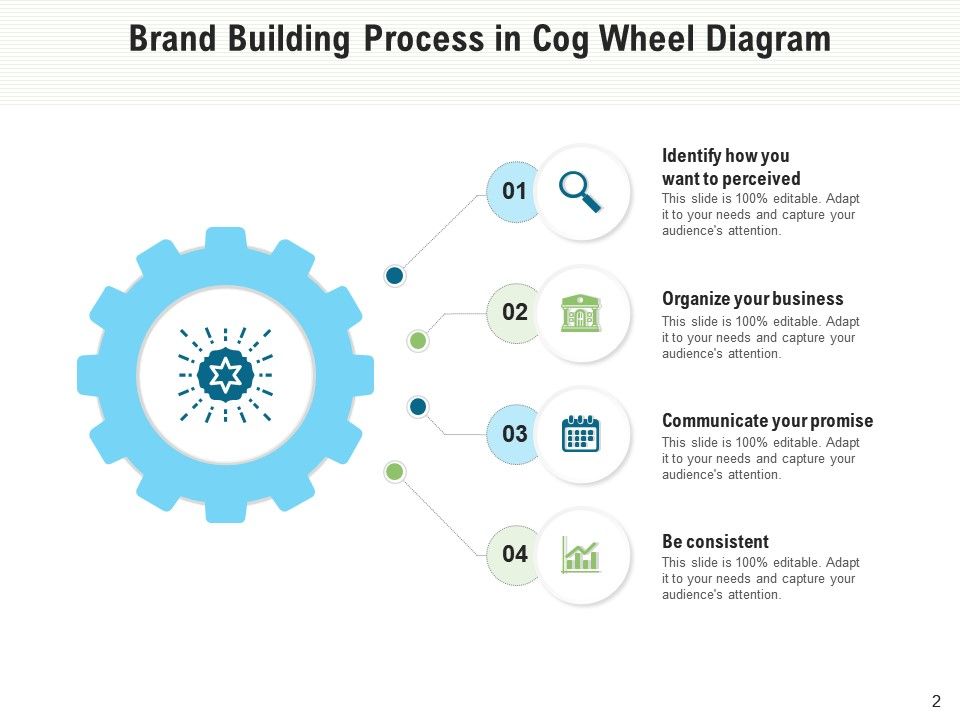
Both interventions improved self-criticism and distress, and reduced unhelpful thoughts and attitudes.īut cognitive defusion showed a more consistent pattern of improvement. This suggests that cognitive restructuring works, but that it is similar in effectiveness to CBT and behavioral activation.Ī 2018 study used an app to deliver cognitive restructuring, or a therapy known as cognitive defusion, to people with a pattern of high self-criticism. However, there were no significant differences in improvements between the three interventions. In comparison to care as usual, all three treatments improved outcomes. The data drew upon 45 studies including 3,382 participants. Several studies have found that cognitive restructuring can help with mental health.Ī 2021 meta-analysis assessed the effectiveness of cognitive restructuring, behavioral activation, and CBT for depression in adults. Learning to discern realistic and unrealistic thoughts may help reduce anxiety. If there is no evidence that theft is likely, then it shows that not every thought or emotion is necessarily true. This reinforces their fear.Ĭognitive restructuring encourages people to take a pause and question what the evidence is for this belief. Addressing emotional reasoningĮmotional reasoning is when a person concludes that, because they feel something, their thoughts must be true.įor example, if a person feels anxiety about a break-in taking place in their home, emotional reasoning would tell them that this is because a break-in is likely to happen. They may feel these beliefs are facts, but closer interrogation can reveal they have little evidence to support them.
Often, these thinking errors are the result of exaggerated or faulty beliefs that a person has learned, consciously or unconsciously, from other people or from past experiences. For example, sitting in traffic will not typically affect a person’s life in the long term, but focusing on how frustrating it is may cause a lot of stress in the moment. This involves making small problems into much more than they are.
For instance, a person might think that because they got one math problem wrong that they always get math problems wrong. This is when a person takes one example of something and applies it broadly. For example, a person might believe that if they do not do something perfectly, they have completely failed. People who catastrophize may feel the worst outcome is also the most likely. This is the practice of focusing on the worst-case scenario. “Thought errors” are biases in the way people think.

In doing this, a person might realize their initial worry is unlikely to ever happen, or that if it did, that they would be okay.

#Cog management series#
The Socratic method is an approach to teaching that involves asking a series of questions until a person gives either an incorrect answer or proves they have thoroughly sound reasoning. The aim of these techniques is to slowly alter a person’s way of thinking so that it becomes more balanced. Instead, a person uses a range of techniques based on their own needs and the challenges they experience. Cognitive restructuring does not follow a specific list of steps.


 0 kommentar(er)
0 kommentar(er)
